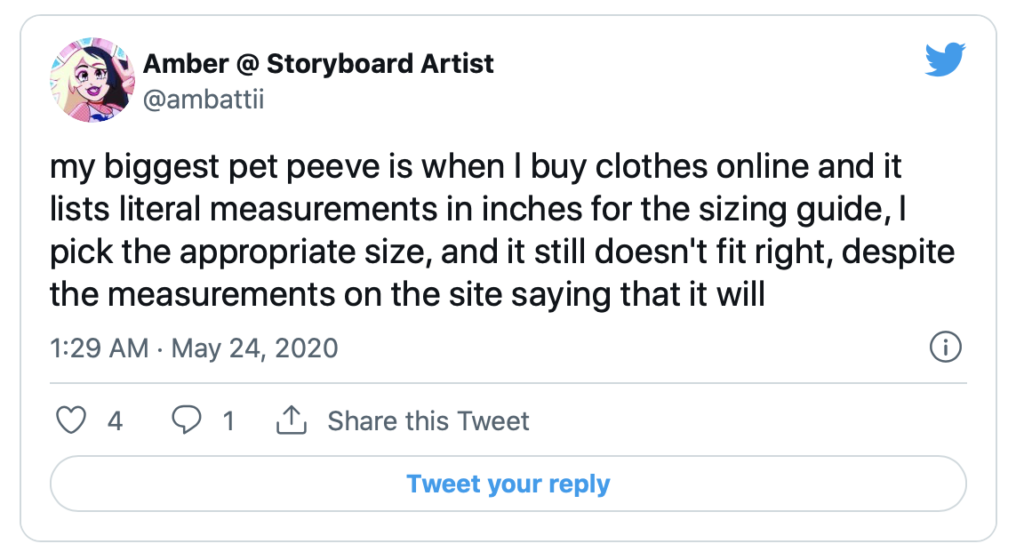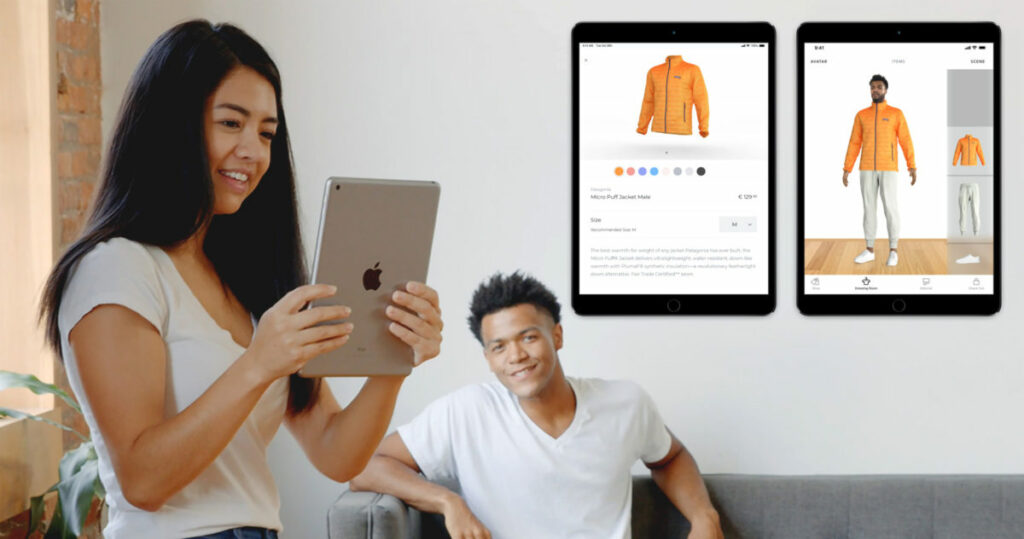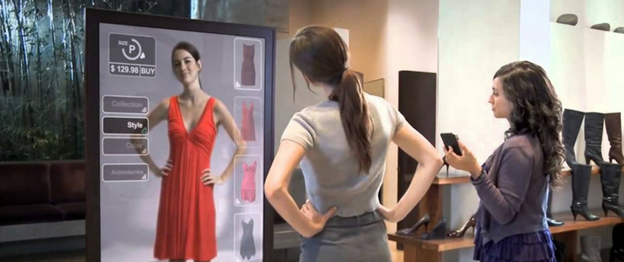In order to understand how retailer help their customers to find the right garment in the right size, this blog post compares different approaches of UI/UX of online shops.
A big part of e-commerce returns happens when products don’t match their online description. Online shoppers return clothes that don’t align with their needs, that’s why e-commerce brands use size guides. With size guides, brands want to reduce return rates and improve the customer’s shopping experience. However, there are several approaches that support online store visitors to find the right fit. I tried out various e-commerce size guides and put together an overview of them in the following.
Best practice examples
As a first example, I would like to share Carhartt’s online size guide. In 6 steps, the online store helps visitors to find their size. See steps below.


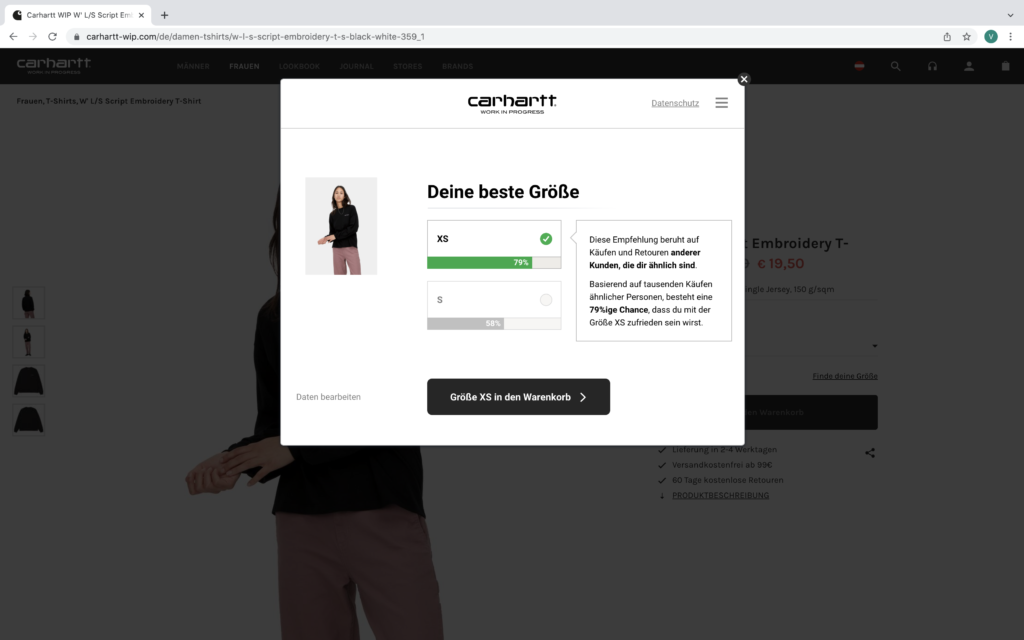
A similar size guide was found on the TWOTHIRDS website.


The next best practice is more extensive than the ones before. ThirdLove is an American lingerie company that invites website visitors to take an interactive quiz about their bra fit.
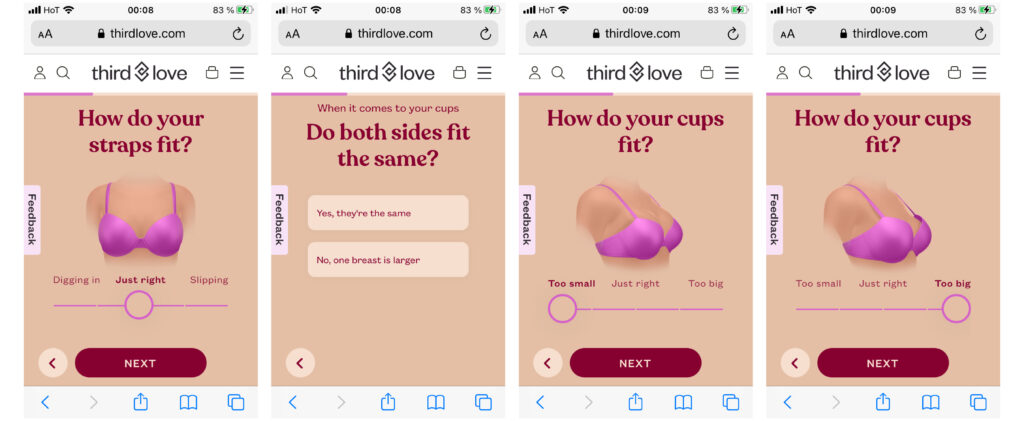
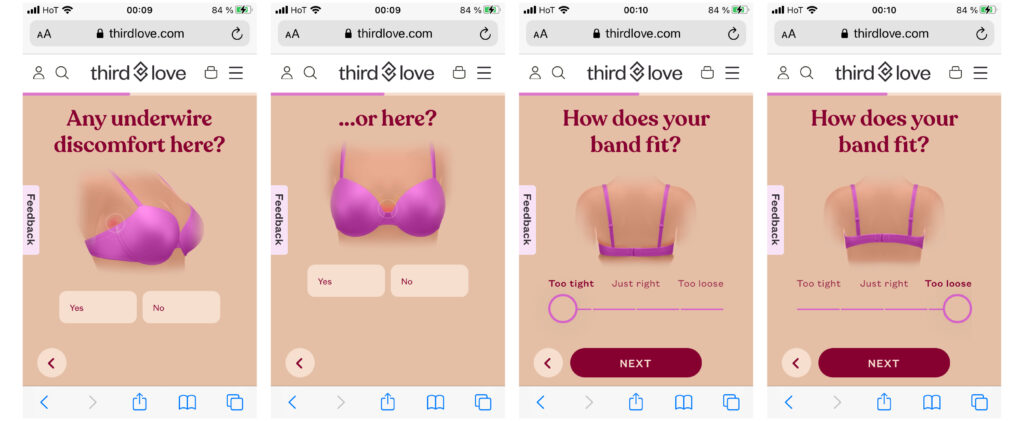
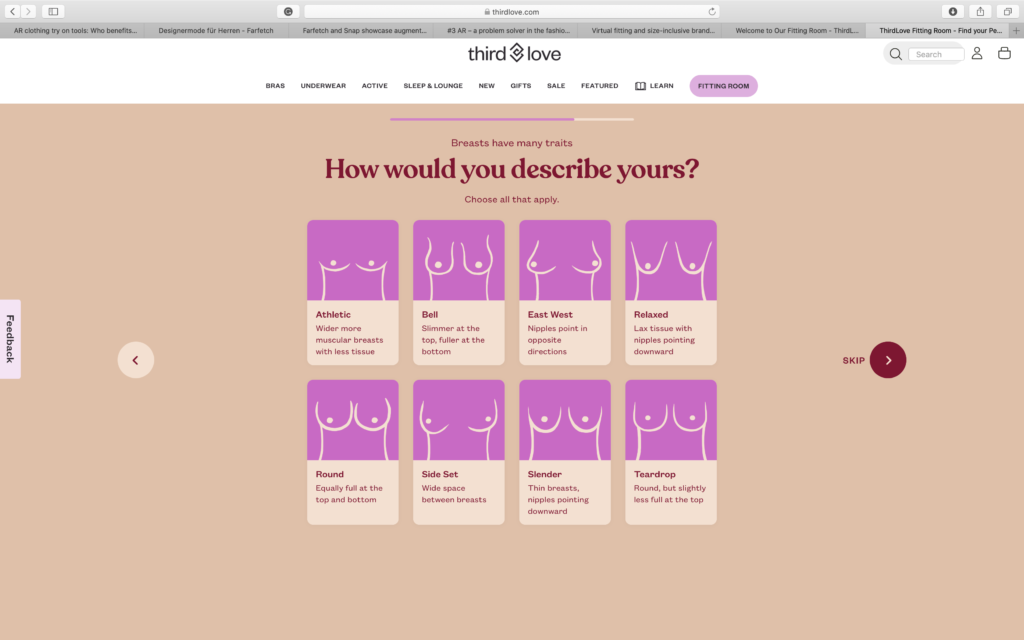
SRFACE offers a sizing guide for their wetsuits based on measurements.

The jeans retailer Madewell follows a simple but effective method of size guiding by showing customers on product on different models/bodytypes.

What information about a consumer is important for size guiding and how can it be categorized?
The categories in guide sizing for women online that emerged from the examples discussed are:
• body measurements (height, weight)
• body type (bust, taille, hip)
• age
• usual sizes (e.g. bra size)
• preferred fit (loose, tight)
What are proven methods to deliver more accurate size guidance in online stores?
Additionally, the following dots should be included in fashion e-commerce websites to improve size guides.
• Include fit finder quiz (interactive online fit/size quiz)
• Interactive size guide
• Display product videos
• Show product on multiple models/different body types
• Measurement conversion charts
• Feature customer reviews to validate size guide
REFERENCES
https://www.carhartt-wip.com/de

